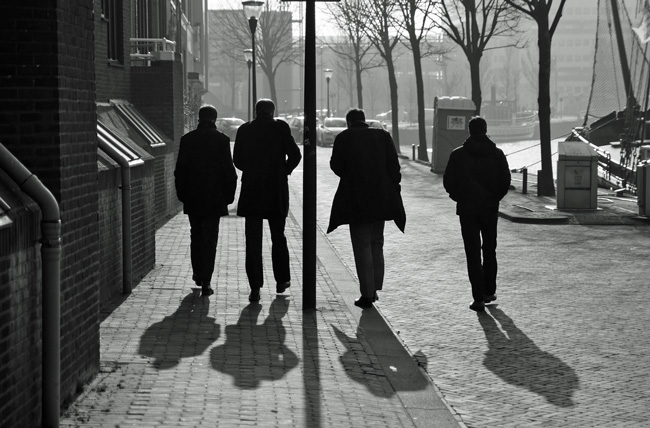
A new report by a youth advocacy group argues against the widespread U.S. practice of locking up teen offenders — a practice that has been on the decline in Florida under the state’s outgoing juvenile justice chief.
Department of Juvenile Justice Secretary Wansley Walters, whose last day on the job is Monday, said “Safely Home,” a study by the non-profit Youth Advocate Programs, Inc., is consistent with developments at DJJ during her three-and-a-half-year tenure.
“Safely Home,” which was released Tuesday, argues that the deeper kids go into the juvenile justice system — and the tighter the security in which they’re detained — the less likely it is that they will ever be rehabilitated.
“Institutions provide virtually none of the supports the community can,” wrote the Youth Advocate Programs’ Policy and Advocacy Center. “Youth need to learn how to function and make good decisions within the community, and having the support of caring, competent adults and access to safe and positive people, places and activities is what leads to good long-term outcomes. Kids can’t access these supports in isolation.”
Walters agrees. She has spent time and resources to help community programs provide family therapy, individualized mental health services, substance abuse treatment and anger management classes for young offenders— while keeping them where they’re most likely to find support.
“One of the most important ways of turning kids around that have been in trouble is not ostracizing them from the rest of the community, but allowing them to participate in sporting programs, Boys and Girls Clubs — the kind of programs that make them want to succeed,” she said.
According to DJJ, the number of beds in the most secure facilities in Florida’s juvenile-justice system dropped 42 percent from January 2011 and January 2014. Between fiscal year 2010-11 and fiscal year 2012-13, juvenile arrests declined 23 percent and felony juvenile arrests declined 17 percent, while transfers to adult court declined 36 percent.
Last week, Gov. Rick Scott signed a bill (HB 7055) rewriting the laws that govern the Department of Juvenile Justice and placing some of Walters’ reform into state law.
And Walters’ successor, incoming Interim Secretary Kristy Daly, pledges to continue her emphasis on front-end and rehabilitative services.
The report by Youth Advocate Programs, Inc., whose purpose is keeping young people out of institutions, argues that removing kids from their communities may lessen “any perceived immediate risk to the public,” but that incarceration doesn’t change the trajectory of their lives.
“Risk factors that make youth vulnerable to incarceration cannot be eliminated through incarceration,” the report says. “In fact, many of the environmental and social factors that contribute to youth incarceration get worse, not better, with incarceration.”
Nell Bernstein, author of a new book called “Burning Down the House: The End of Juvenile Prison,” said incarceration should be the exception, not the rule.
“I saw kids get chewed up in institutions,” said Bernstein, who got her start as a six-dollar-an-hour staffer in a San Francisco group home and has interviewed hundreds of incarcerated youth.
Bernstein said that contrary to common perception, much of the violence that juveniles experience in lock-up is at the hands of the guards.
“According to federal research, 12 percent of juveniles behind bars will be sexually assaulted,” she said. “And on some level, we know that, right? … But what I think people don’t know is that out of that 12 percent, 10 percent are assaulted by guards, only 2 percent by other wards.”
While Bernstein and the Youth Advocate Programs argue for the lowest amount of juvenile detention, Walters said political reality dictates a certain amount.
“Many times, it is those communities that demand of those judges and those prosecutors that those children be removed from that community and sent somewhere,” she said. “Knowing that that is a reality that we live with, we have worked hard to change those numbers.”
There will always be a hard core of offenders who threaten public safety, she said, but most can be rehabilitated with the right services and interventions.
The Youth Advocate Programs report also touts community programs for their cost-effectiveness, maintaining that they can deliver the same services for a fraction of the cost, serving three to four times as many young offenders.
The report cites the John Jay College of Criminal Justice Research and Evaluation Center, which found that of 3,523 high-risk youth living at home and supported by an intensive community-based program nationwide, 86 percent remained arrest-free while in the program.
–Margie Menzel, News Service of Florida




























Leave a Reply